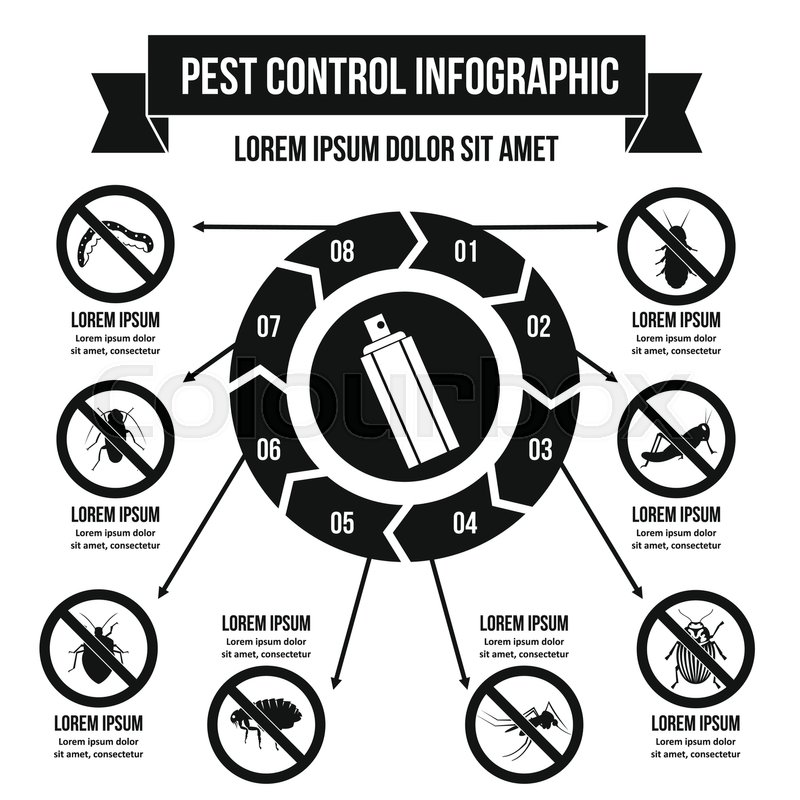Prepare Yourself To Transform Your Yard Right Into A Pest-Free Haven Making Use Of These Imaginative Suggestions And Methods
Prepare Yourself To Transform Your Yard Right Into A Pest-Free Haven Making Use Of These Imaginative Suggestions And Methods
Blog Article
Material Writer-Gupta Pittman
Visualize your garden as a sanctuary, an area of harmony and appeal. However, the presence of exterior bugs can quickly disrupt this ideal image. What if there were easy yet effective ways to maintain these unwelcome site visitors at bay and secure your yard sanctuary? By complying with biological pest control definition and implementing all-natural methods, you can create an unified outside area where your plants can grow uninterrupted.
Natural Pest Deterrents
To maintain insects away from your garden normally, plant aromatic herbs like mint and lavender. These fragrant plants not only add appeal to your yard however likewise serve as efficient pest deterrents. Parasites like mosquitoes, flies, and even some garden-damaging pests are driven away by the solid scents produced by these natural herbs. Simply placing them purposefully around your garden can help develop a natural obstacle against undesirable insects.
In addition to mint and lavender, consider growing various other herbs like rosemary, basil, and lemongrass to better improve your garden's pest-proofing capacities. These natural herbs not only work as natural repellents but additionally have the included benefit of being useful in food preparation or crafting homemade remedies.
Strategic Plant Positioning
Consider the layout of your yard and the kinds of plants you have to strategically put them for optimum pest-proofing efficiency.
Begin by organizing plants with similar resistance to pests together. By doing this, you can produce a natural obstacle that deters parasites from spreading out throughout your garden.
Furthermore, positioning pest-repelling plants like marigolds, lavender, or mint near more prone plants can aid safeguard them. High plants, such as sunflowers or corn, can function as a shield for much shorter plants against parasites like bunnies or ground-dwelling pests.
Remember to leave sufficient space in between plants to boost air circulation and lower the risk of diseases that pests might lug.
Moreover, take into consideration planting strong-smelling herbs like rosemary or basil near at risk plants to perplex pests' detects and make it harder for them to find their targets.
Reliable Bug Control Methods
For combating yard bugs successfully, implementing a multi-faceted insect control approach is crucial. Beginning by motivating natural predators like birds, ladybugs, and hoping mantises to aid keep pest populations in check. Introducing plants that draw in these useful bugs can help in pest control. Furthermore, practicing linked site by removing debris and weeds where bugs might conceal can make your garden much less welcoming to unwanted site visitors.
Think about utilizing physical barriers such as row cover fabrics or netting to shield susceptible plants from pests like caterpillars and birds. Applying organic chemicals like neem oil or insecticidal soap can also work versus particular parasites while being much less unsafe to valuable insects and the atmosphere. It's important to turn your crops each season to prevent the accumulation of insect populaces that target particular plants.
Consistently check your plants for indications of bug damage so you can take action quickly. By incorporating these techniques and remaining watchful, you can successfully manage yard pests and appreciate a thriving, pest-free garden.
Conclusion
So, there you have it - with the ideal approaches, you can keep pesky outside bugs far from your garden and help your plants thrive.
Did you know that growing mint has been revealed to repel mosquitoes and various other pests, minimizing the demand for unsafe pesticides by up to 60%?
By integrating natural deterrents and clever growing methods, you can develop a stunning and pest-resistant yard oasis for you to enjoy.
